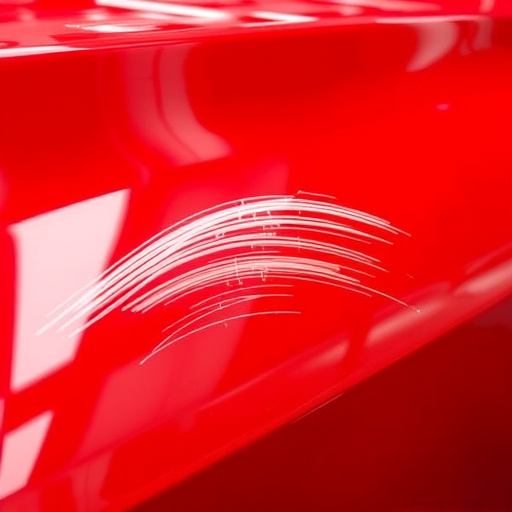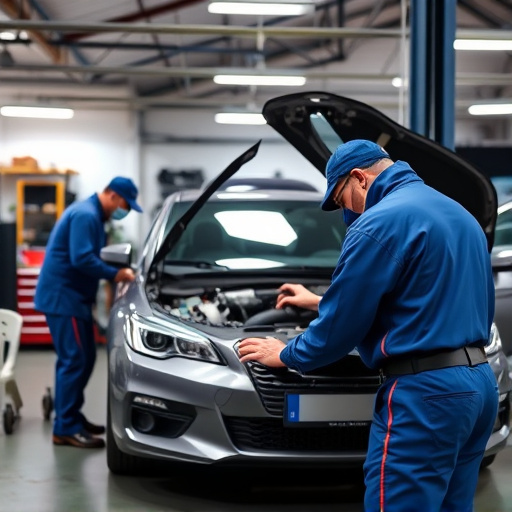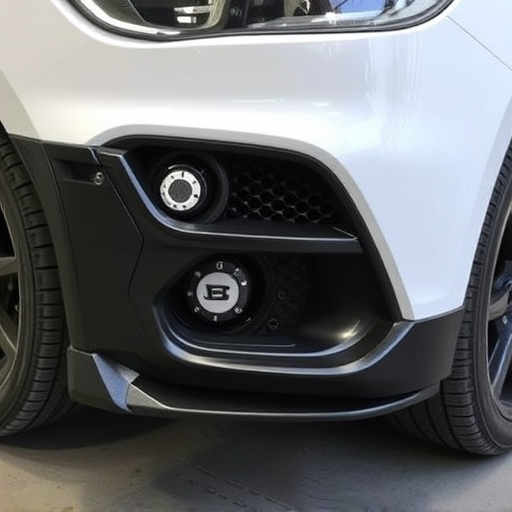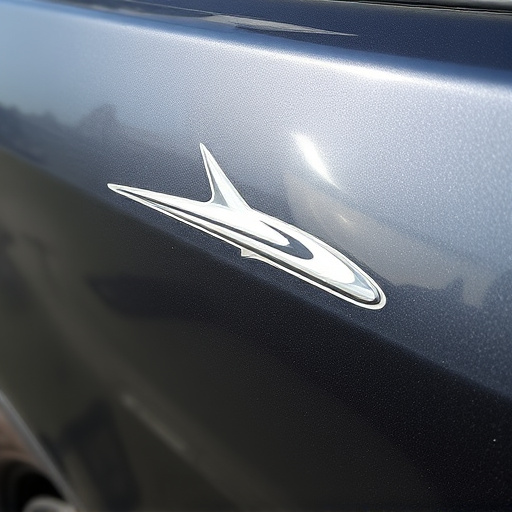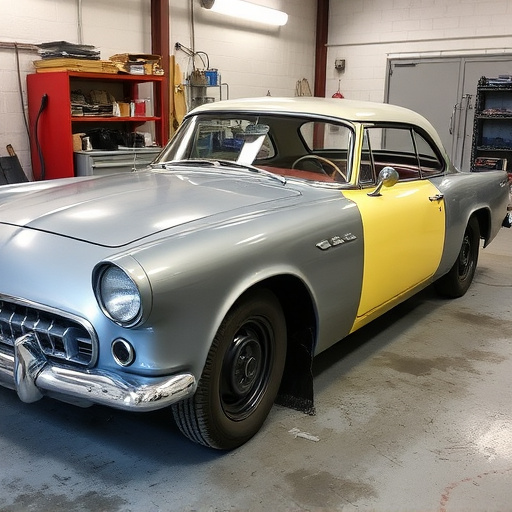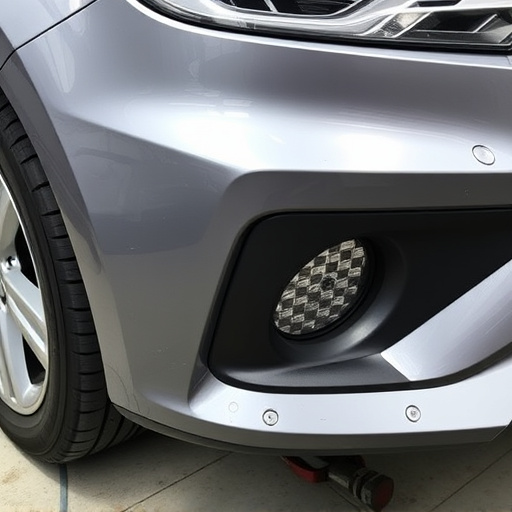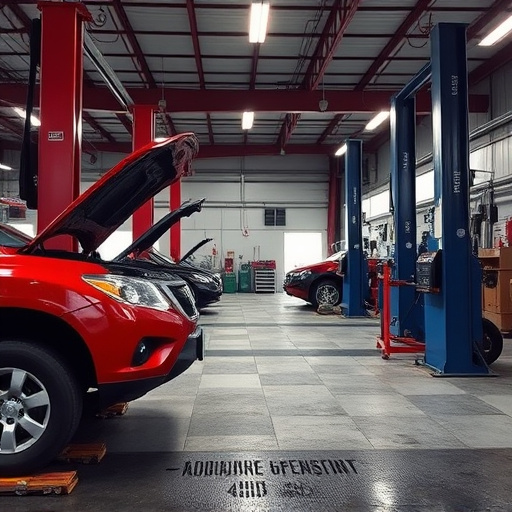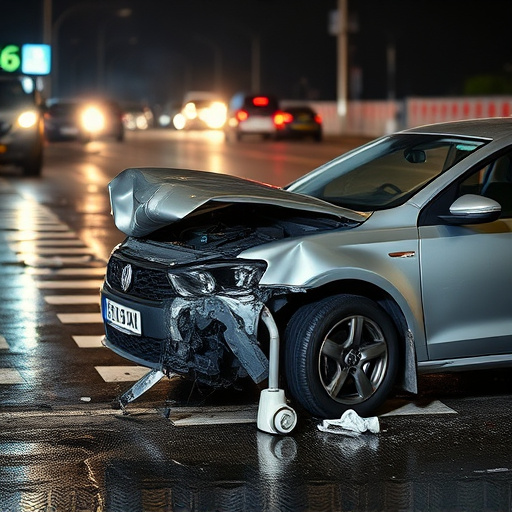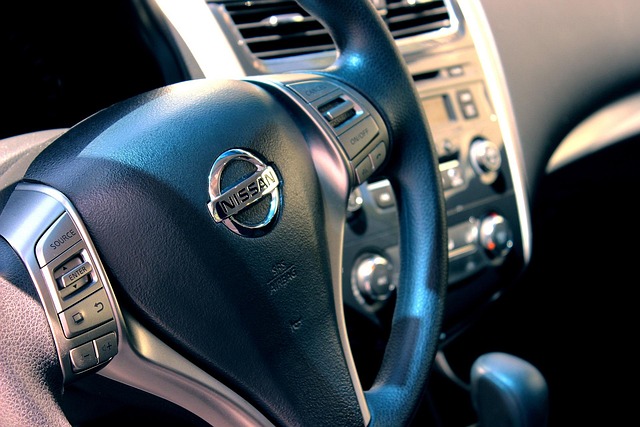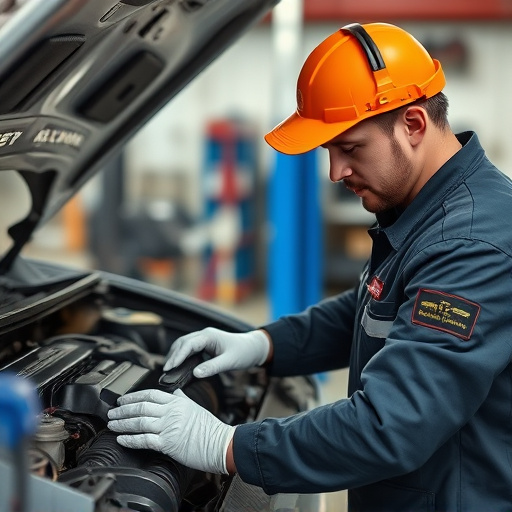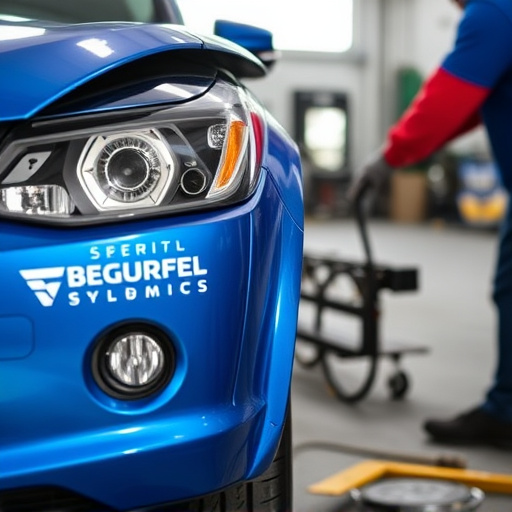Liability claim repair is vital for accurate settlement of vehicle accident damages, ensuring safety, value, and integrity restoration. Going beyond surface repairs, it involves thorough structural inspections, replacements, and adjustments. Insurers use data-driven approaches and advanced analytics to settle claims fairly and quickly, integrating market trends and historical patterns. Auto collision centers can enhance settlement accuracy through strategic methods like detailed documentation, technology for damage estimation, and regular communication with insurers and claimants.
In the intricate landscape of insurance claims, accurate settlements are paramount. However, liability claim repairs often play a hidden yet crucial role in achieving these resolutions. This article delves into the significance of liability claim repair in ensuring just outcomes. We explore how data-driven analysis can expose underlying issues and discuss strategies to enhance settlement accuracy. By understanding the impact of these repairs, professionals can navigate the complexities, fostering a more efficient and fair claims process.
- Understanding the Impact of Liability Claim Repairs
- Accurate Settlements: The Role of Data and Analysis
- Strategies to Enhance Settlement Accuracy Through Repair
Understanding the Impact of Liability Claim Repairs
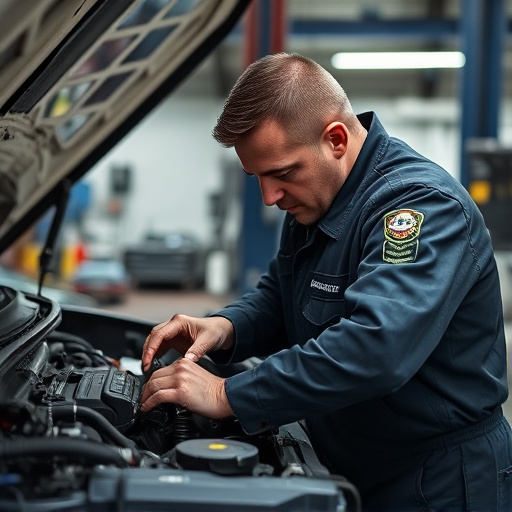
The process of liability claim repair plays a pivotal role in ensuring accurate settlements for accidents and damage to vehicles. When a car is involved in an incident, whether it’s a minor fender bender or a more severe collision, proper repairs are essential to not only restore the vehicle to its pre-accident condition but also to maintain its safety and value. Neglecting these repairs can lead to significant consequences, impacting both the insurance claims process and the overall experience for all parties involved.
Liability claim repair goes beyond simply fixing visible damage; it involves a meticulous examination of the entire vehicle, including structural integrity checks, component replacement, and alignment adjustments. For instance, a seemingly minor bumper repair might uncover underlying issues with the car’s frame or signal a need for advanced automotive repair services. Similarly, classic car restoration requires precise techniques to preserve historical value while addressing any liability-related repairs, ensuring both aesthetic and functional excellence.
Accurate Settlements: The Role of Data and Analysis
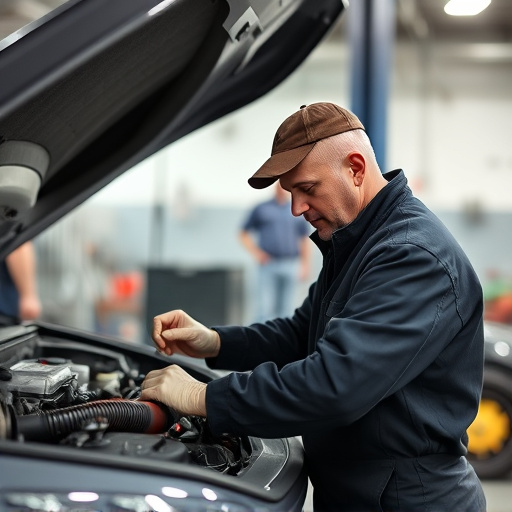
In the realm of insurance claims, accurate settlements are paramount to ensuring fairness for all parties involved. This precision is achieved through a robust data-driven approach and meticulous analysis, especially when addressing liability claim repairs. By leveraging advanced analytics, insurers can accurately assess the extent of damage in various types of incidents, from vehicle dent repair and auto glass replacement to more complex vehicle body repairs. This not only expedites the claims process but also reduces the risk of disputes or undercompensation.
The integration of data allows for a deeper understanding of repair costs, market trends, and historical settlement patterns related to liability claims. Insurers can then utilize this knowledge to make informed decisions, ensuring that settlements are commensurate with the actual cost of repairs. This analytical approach is particularly crucial in managing large-scale or complex cases, where the impact of errors could be significant, affecting both the insurance company’s financial health and policyholder satisfaction.
Strategies to Enhance Settlement Accuracy Through Repair
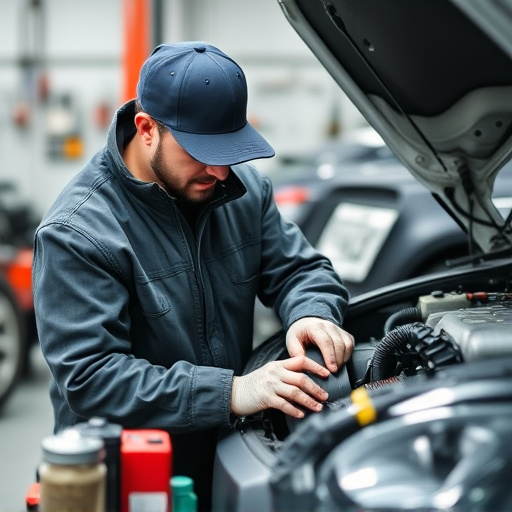
To enhance settlement accuracy through liability claim repair, several strategic approaches can be implemented. Firstly, thorough documentation and detailed records of vehicle damage during the initial assessment phase are vital. This includes capturing visual evidence, conducting comprehensive inspections, and maintaining precise notes on the extent of the repairs required. By adhering to these meticulous practices, auto collision centers can ensure that all parties involved have a clear understanding of the necessary body shop services, streamlining the claims process.
Additionally, leveraging advanced technology for damage estimation and repair tracking improves accuracy. Software tools designed for vehicle collision repair enable precise measurements and cost projections, minimizing errors often associated with manual assessments. Regular updates and communication between repair facilities, insurance providers, and claimants create a seamless experience, promoting transparency and ensuring settlements align accurately with the scope of work completed at these auto collision centers.
Liability claim repair is a vital process that ensures accurate settlements, minimizing errors and maximizing fairness. By understanding the impact of these repairs, leveraging data-driven analysis, and implementing effective strategies, stakeholders can navigate complex claims with confidence. This approach fosters trust, reduces disputes, and ultimately benefits all parties involved, leading to a more efficient and just resolution process.
